Personality and Temperament
Playful and intelligent, and with an attitude that’s just a touch demanding, the Japanese Bobtail cat is a rare breed with stunning looks, silky fur, and a melodious singsong voice.
If you're lucky enough to bring a Japanese Bobtail cat into your home, you'll have a friend for life. These cats are exceptionally loyal and loving, even though they believe that you live to serve them. They love to follow their favorite people around, meowing and tapping for attention, and bringing toys to ask for games of fetch that can seem to go on forever.
Japanese Bobtail cats are renowned for their friendliness. Many are so outgoing that they will even greet strangers like old friends. They love to be involved in everything, reading the same books you do, playing computer games and surfing the Internet together, and helping you with all of your projects, carrying on a conversation the entire time.
The breed's friendly nature doesn't just extend to humans. These cats typically enjoy the company of other felines and they will readily make friends with dogs, as well.
Most depictions of the Japanese Bobtail cat show the mi-ke color variant, which is pronounced "mee kay." Mi-ke is a unique tricolor pattern (calico) that is normally displayed by female cats.
Even though mi-ke (calico) is the best-known Japanese Bobtail cat color, these cats can be of any shade and pattern including solid colors, van, tabby, and bi-color. Whatever your favorite cat color, it's likely that there's a Japanese Bobtail to match!
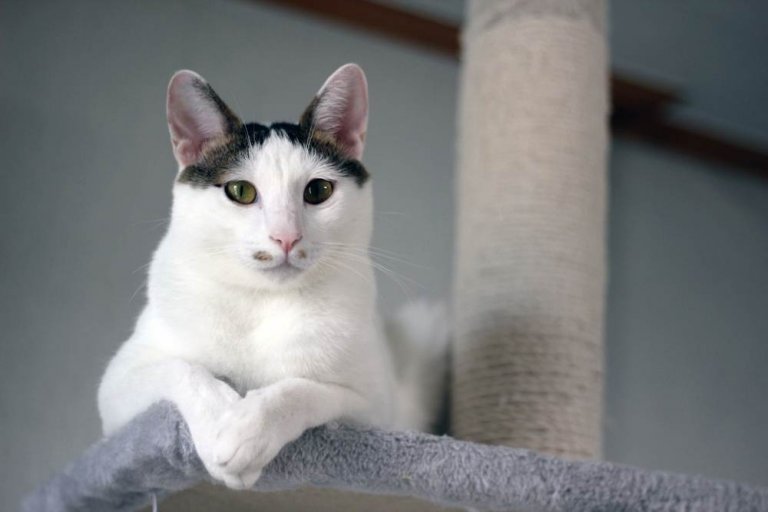
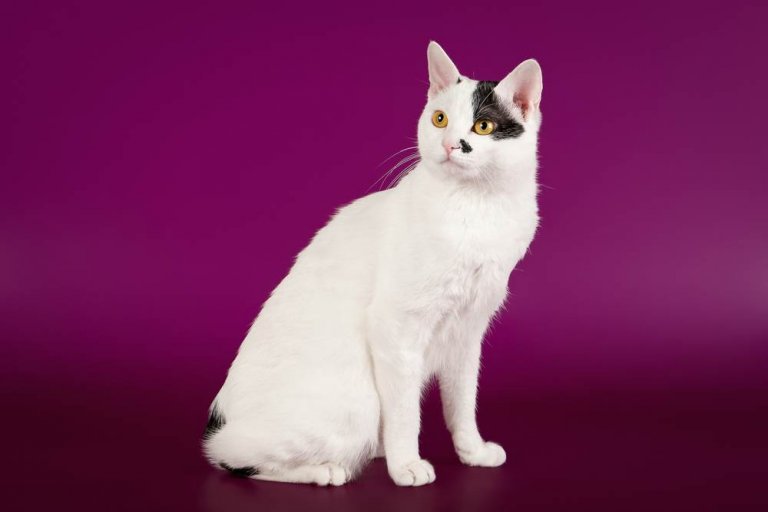
Care
Nutrition
Grooming
Exercise
Health
Japanese Bobtail cats do not have any special nutritional needs. We recommend offering a high-protein diet without too many carbohydrates. If you are not feeding your cat fresh food, it's best to offer a high-quality commercial brand that incorporates real meat or fish as the number one ingredient.
The Japanese Bobtail cat benefits from occasional brushing, more frequently if the cat has a medium to long coat. This helps cut back on shedding while reducing the likelihood of hairballs.
It's a good idea to teach your cat how to accept nail trimming and toothbrushing from a young age.
Japanese Bobtail cats are incredibly athletic, and will happily spend hours playing. These cats love to run and jump, and they take very well to walking on leashes. They typically enjoy adventures and excel at feline agility eventing.
Because they are so active, Japanese Bobtails really need approved play structures like cat towers and shelves. Cat trees provide a place to climb and scratching posts will save your furniture from damage.
Japanese Bobtail cats typically enjoy great health, and do not have any known genetic disorders specific to the breed.
History
If you guessed that Japanese Bobtail cats are native to the islands of Japan, you're correct! The first cats to arrive in Japan probably came from China or Korea, sometime around 600 to 700 AD, when Buddhist monks needed help keeping rats out of the rice paper scrolls they used for temple records.
As the bobtail gene became more prevalent, more bobtail cats were seen. During the 1600s, rats plagued Japan's silk industry and cats were released from the temples and tasked with the important job of rodent abatement. All Japanese Bobtail cats trace their heritage back to these incredibly helpful feline assistants.
The first Japanese Bobtails to make their way to the United States arrived in 1968, with the help of Elizabeth Freret. The Cat Fanciers' Association (CFA) accepted shorthair Japanese Bobtail cats for championship status in 1976. The longhair Japanese Bobtail cat was granted official recognition much later, in 1993. The International Cat Association (TICA) accepted shorthair Japanese Bobtail cats for competition status in 1979 and the longhair in 1991.
Today, the Japanese Bobtail is recognized by all major registering bodies except the Governing Council of the Cat Fancy.
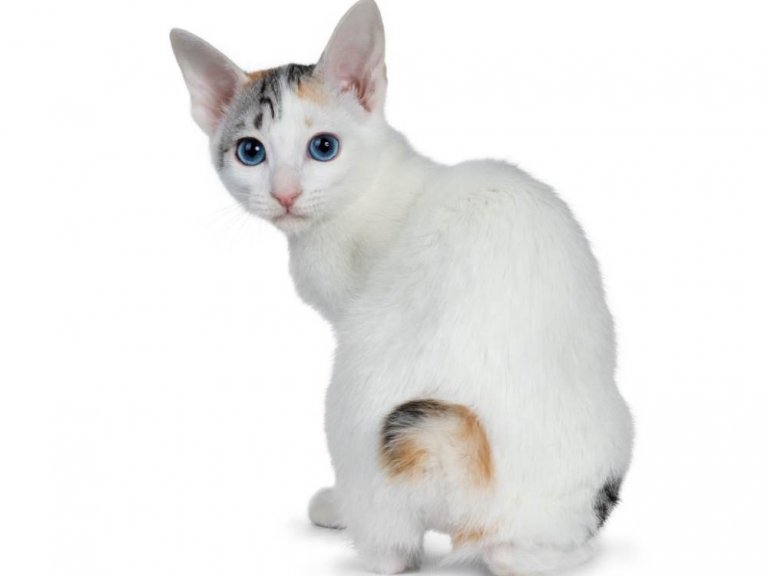
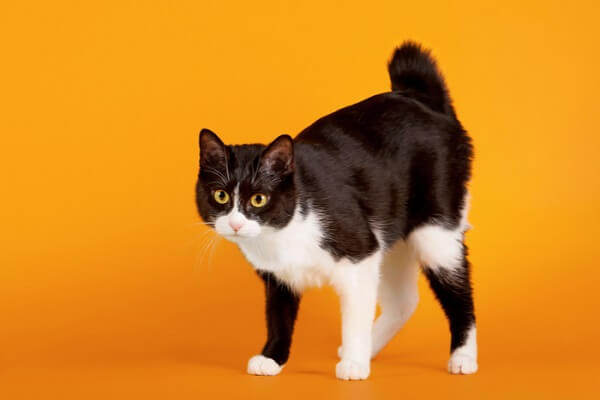
The Breed Standard
Eyes
Legs & Paws
Tail
The Breed Standard
Body
Head
Ears
Coat
Color
FAQ
How much does a Japanese Bobtail cat cost?
Japanese Bobtail cats cost between $800-$2,000.
How big do Japanese Bobtail cats get?
Japanese Bobtail cats tend to be medium in size. A fully grown Japanese Bobtail cat might weigh between 6-10 pounds or more and range in height anywhere from about 10"-14" inches tall.
How long do Japanese Bobtail cats live?
The Average lifespan for Japanese Bobtail is 9-13+ years.
Do Japanese Bobtail cats shed?
Japanese Bobtail are long-haired cats, so you do have to expect a certain amount of shedding from this breed, but they don't shed as much as other cat breeds.
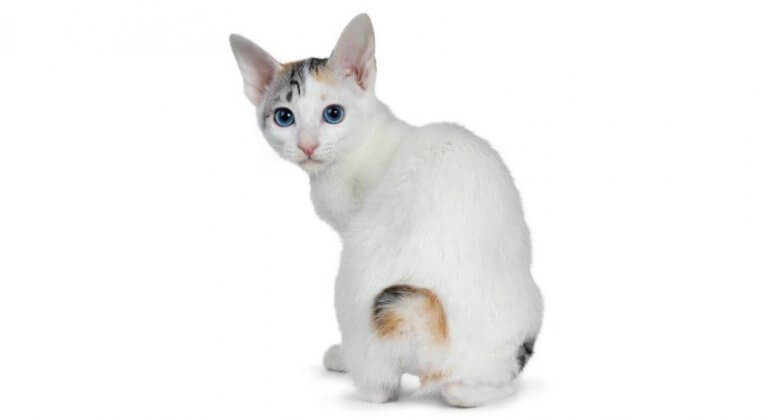
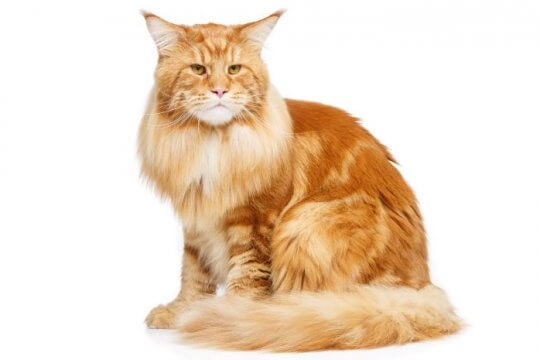
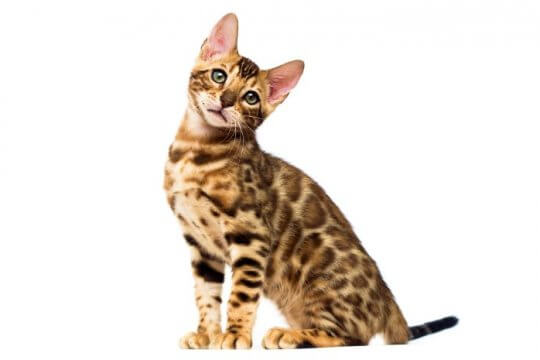
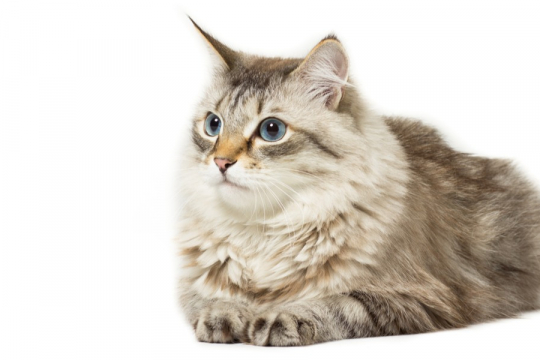
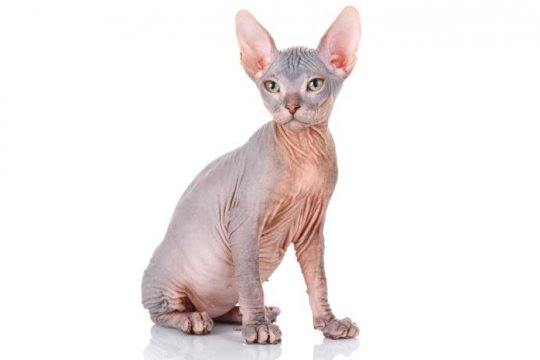
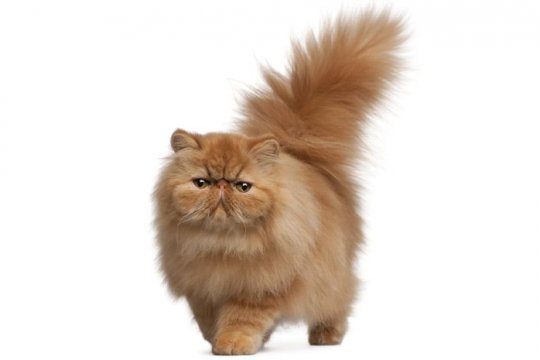
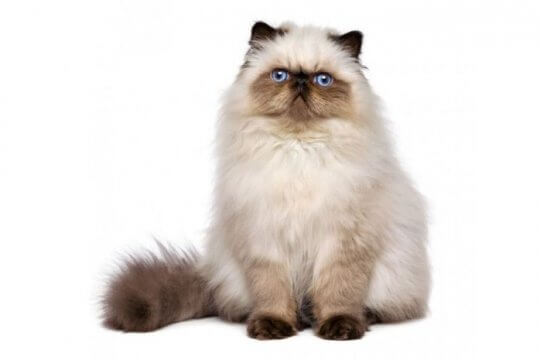
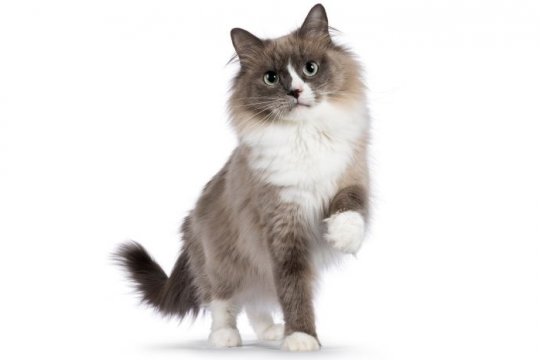
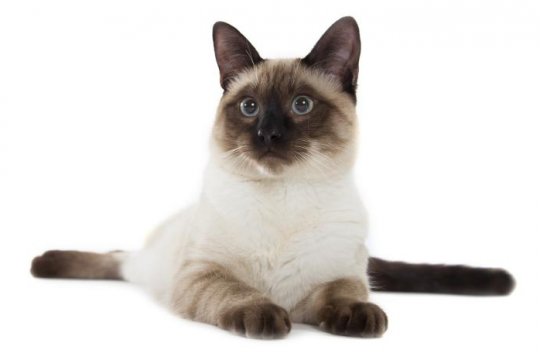
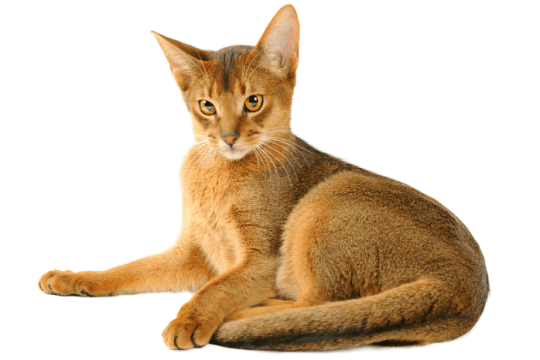
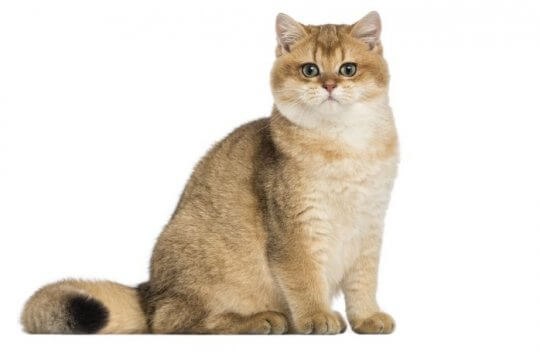


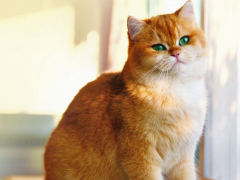


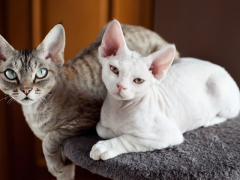

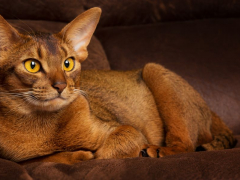

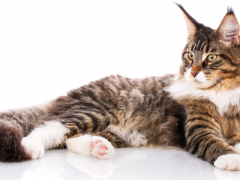
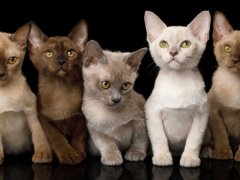
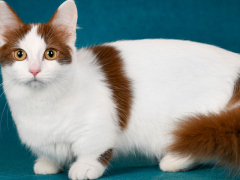
I have a stray Japanese Bobtail he is a kitten about 6 weeks old was ferrel he is so funny and smart wish I could send you a picture of him
Hi Ami,
We’ll work on adding that option in the future 🙂
I love my Japanese Bobtail.He’s 4 years old.He’s my Calicos best friend.
Wonderful!
Comme ma chatte race Bobtail japonais
Ma chatte Mystery aiment être proches et se blottissent souvent à côté moi et mon chum sur le canapé et elle aiment grimpent sous les couvertures avec leur compagnon préféré à l’heure du coucher